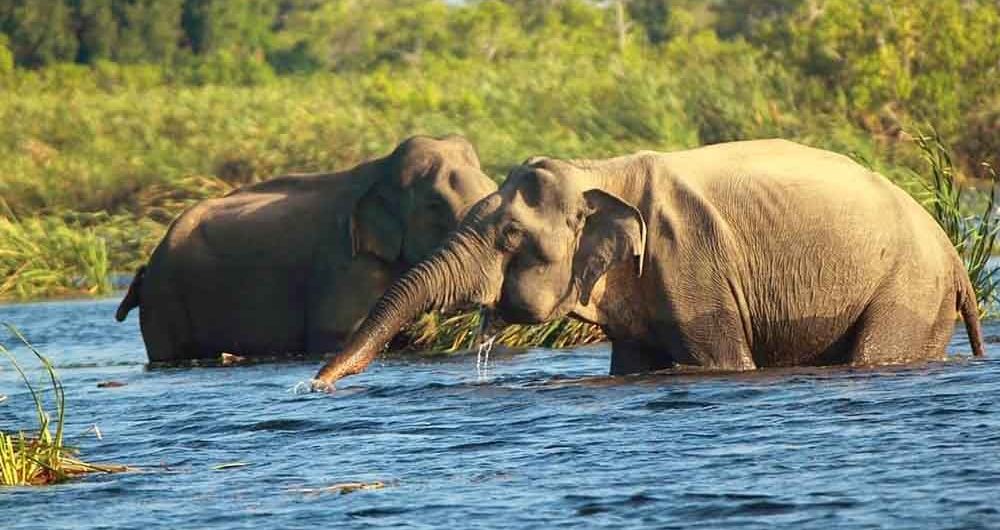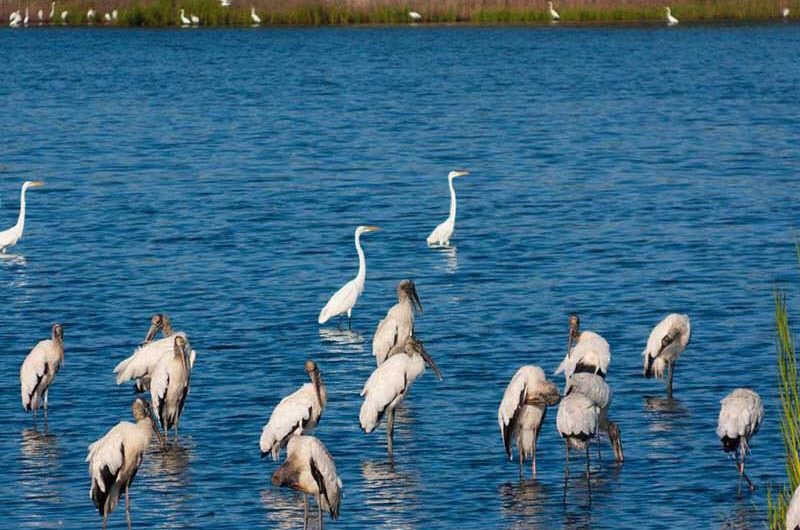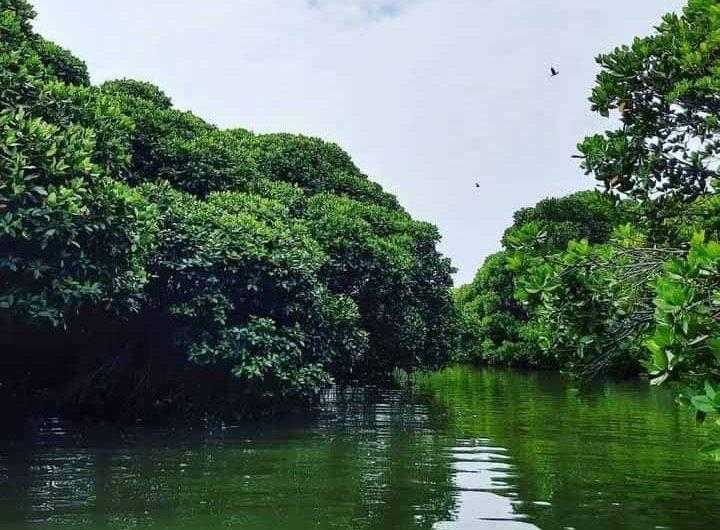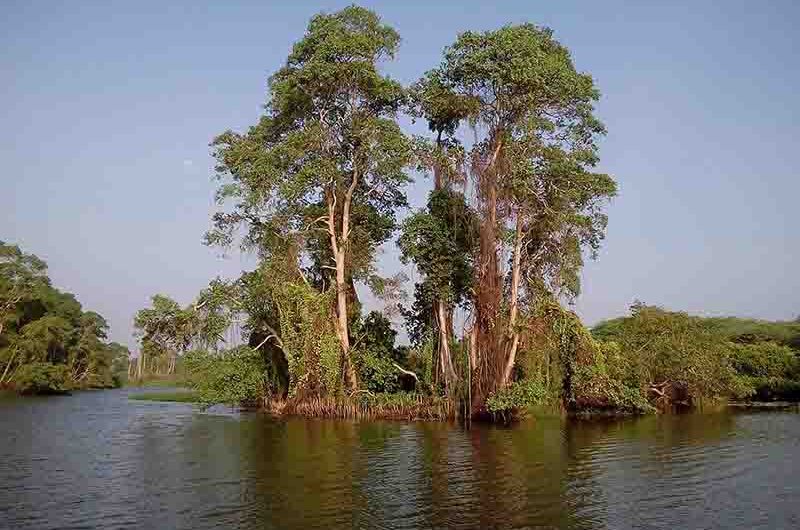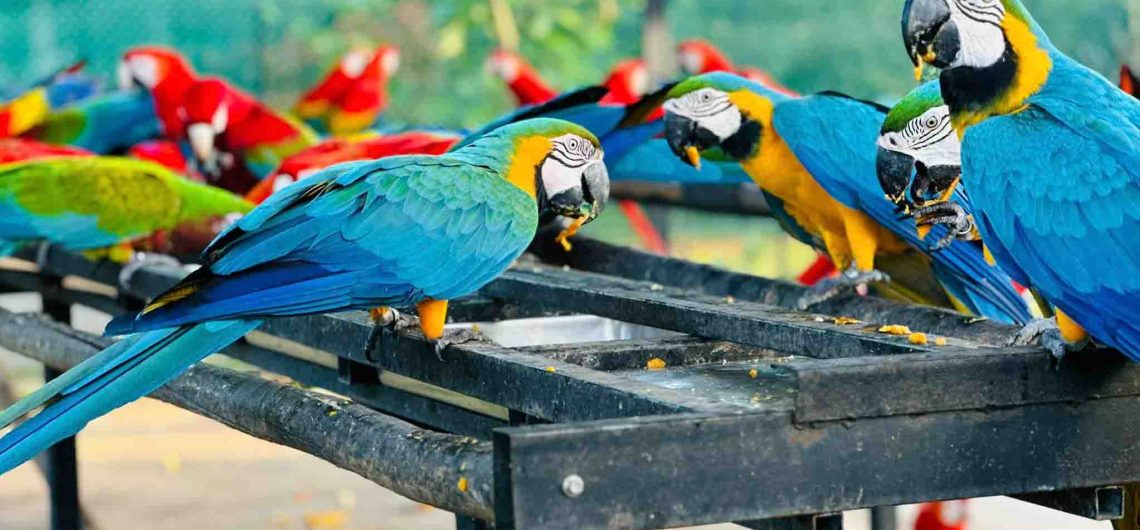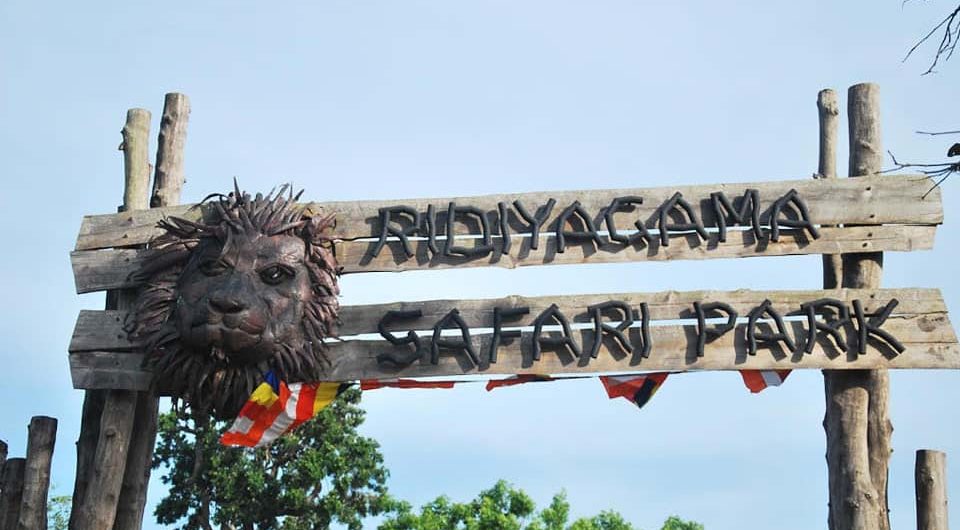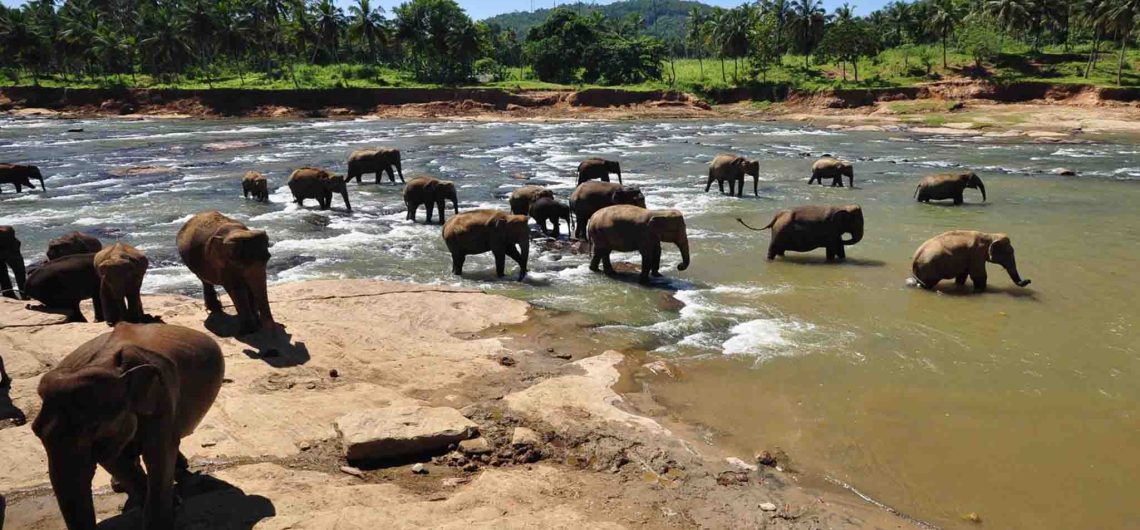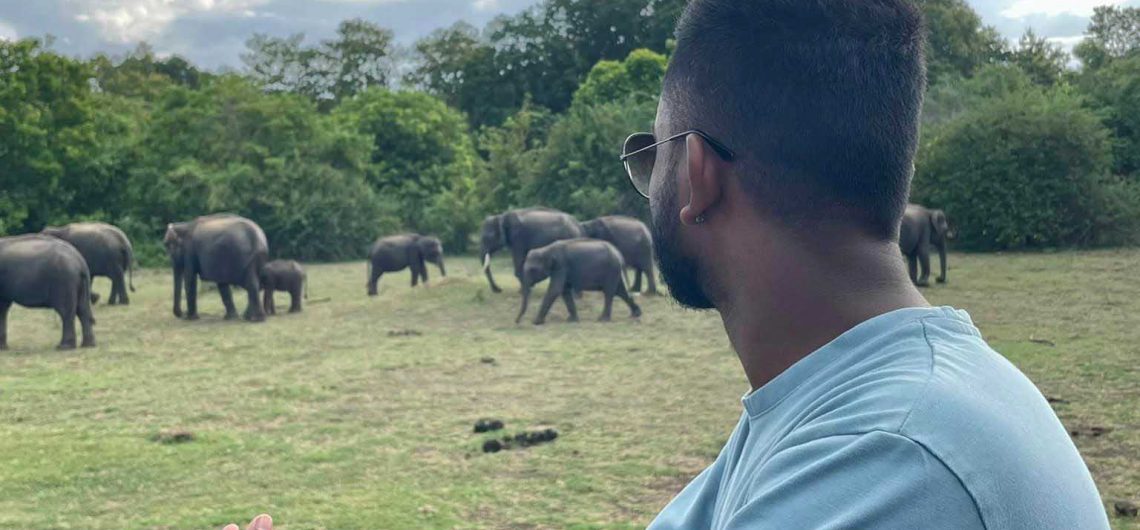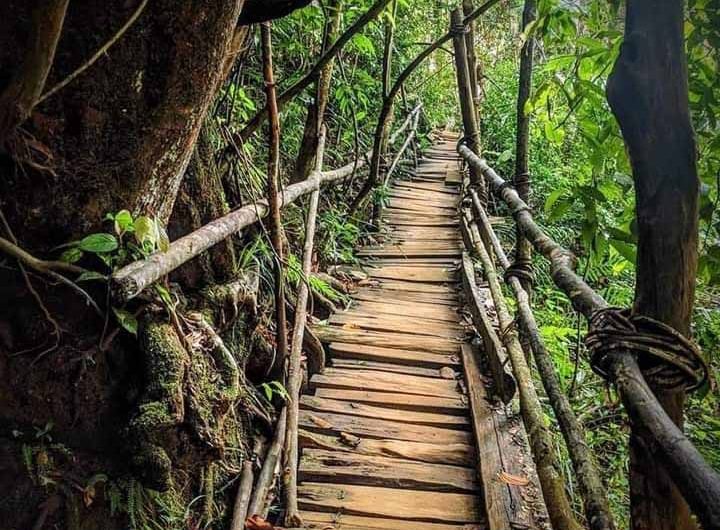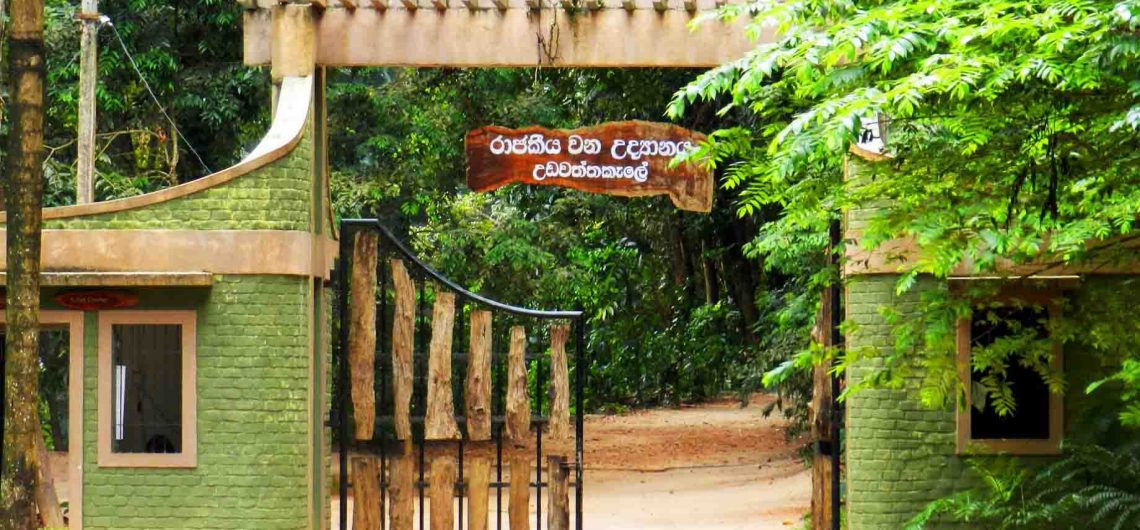Sri Lanka, a resplendent island nation, boasts a treasure trove of national parks, each showcasing the country’s rich biodiversity. Yet, nestled amidst the more prominent ones lies a secret haven for nature enthusiasts – Gal Oya National Park. Often overshadowed by its illustrious counterparts, Gal Oya offers an unparalleled wildlife experience, captivating landscapes, and a glimpse into a Sri Lanka less touched by tourism.
.
A Sanctuary Untamed: Location and How to Get There
Gal Oya National Park graces the eastern province of Sri Lanka, cradled amidst the verdant embrace of the Mahaweli River basin. Encompassing an area of roughly 25,900 hectares, the park serves as the lifeblood of the colossal Senanayake Samudraya, the island’s largest reservoir. Reaching this unspoiled haven requires a scenic journey. From Colombo, the capital city, a comfortable train ride or a road trip of approximately 250 kilometers will lead you towards the park’s borders. For those seeking a more relaxed approach, the charming town of Ampara, situated 65 kilometers away, serves as a convenient gateway.
Travellers venturing from the popular tourist hubs can embark on an adventure to Gal Oya. While farther than some national parks, the distance can be easily incorporated into a well-planned itinerary. From Kandy, the cultural capital, a scenic drive of around 200 kilometers will unveil Gal Oya’s beauty. Similarly, travelers in Ella, a haven for trekkers, can reach the park in approximately 180 kilometers. Sigiriya, the famed Lion Rock, lies roughly 230 kilometers away, offering an opportunity to combine cultural immersion with a wildlife encounter.
.
A Tapestry of Life: Flora and Fauna of Gal Oya National Park
Gal Oya National Park transcends the concept of a mere wildlife sanctuary. Its diverse landscapes, a mosaic of lush rainforests, sprawling grasslands, and the shimmering expanse of Senanayake Samudraya, provide a habitat for a plethora of flora and fauna. The park’s verdant heart shelters a rich tapestry of trees, including the majestic satinwood and the life-giving halmilla, used in traditional Sri Lankan medicine.
Birdwatchers will be enthralled by the vibrant symphony of over 150 avian species flitting through the foliage. From the majestic grey heron to the elusive Sri Lanka bush lark, each bird adds a stroke to the park’s ecological canvas. But the true stars of Gal Oya are undoubtedly its majestic mammals. The park boasts one of the healthiest elephant populations in Sri Lanka, and witnessing these gentle giants roaming free or even swimming across the reservoir is an unforgettable experience.
Leopards, sloth bears, and a variety of deer species also call Gal Oya home, adding to the park’s faunal diversity. Keep your eyes peeled for the shy toque macaque monkeys swinging through the trees, and be sure to listen for the distinctive calls of the langur monkeys echoing through the forest.
.
When to Immerse Yourself in Gal Oya’s Magic
The best time to visit Gal Oya National Park is during the dry season, which stretches from May to September. During this period, the skies are clear, offering excellent opportunities for wildlife viewing. The park remains accessible throughout the year, but the lush vegetation during the wet season (October to April) can make spotting animals a little more challenging.
.
Unveiling the Enchantment: Things to Do in Gal Oya
1. Embark on a Boat Safari: Unlike any other national park in Sri Lanka, Gal Oya offers the unique experience of a boat safari. Glide across the tranquil waters of Senanayake Samudraya, keeping watch for elephants cooling off in the reservoir or crocodiles basking on the shores. This unparalleled perspective allows you to witness wildlife behavior from a fresh angle.
2. Explore the Land on Jeep Safaris: Venture deep into the heart of the park on a thrilling jeep safari. With a knowledgeable guide by your side, uncover the hidden corners of Gal Oya, encounter a variety of animals, and learn about the park’s delicate ecosystem.
3. Hike Through Picturesque Landscapes: Lace up your walking boots and embark on a nature trail. Breathe in the fresh air, marvel at the captivating scenery, and keep an eye out for shy birds and small mammals along the way.
4. Visit the Ancient Magul Vihara Monastery: Nestled within the park’s borders lies the Magul Vihara Monastery, a historical gem dating back to the 3rd century BC. Explore the ruins and delve into Sri Lanka’s rich cultural heritage.
5. Unwind by the Reservoir: After a day of exploration, relax by the serene shores of Senanayake Samudraya. Soak in the tranquility of the landscape and witness the breathtaking sunset painting
.
Explore Gal Oya National Park with Mahaweli Tours & Holidays
If you are someone who loves to visit the eastern part of Sri Lanka and loves to explore Sri Lanka, this is the ideal place you must not forget to visit. You can visit this national park with Mahaweli Tours & Holidays. We will pick you up in either Sigiriya, Polonnaruwa, Arugam bay, Trincomalee, Ella, or anywhere in the eastern province of Sri Lanka. Then we can arrange your transfers and other facilities. Contact us:
- Call/Whatsapp: +94777 111553
- Email: info@mahaweli.lk
.
.
(Cover Image Credit: @columbustourssrilanka from IG)

